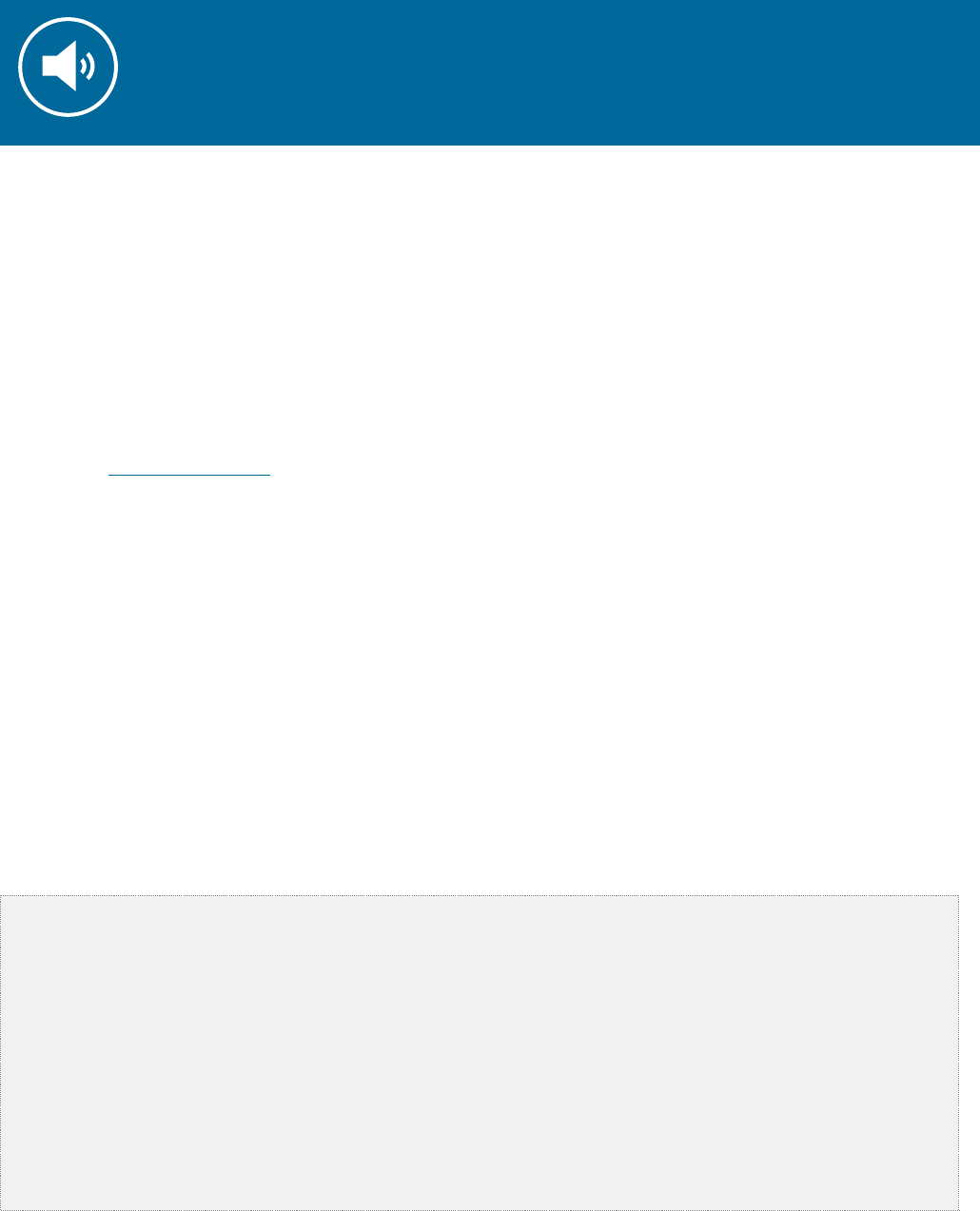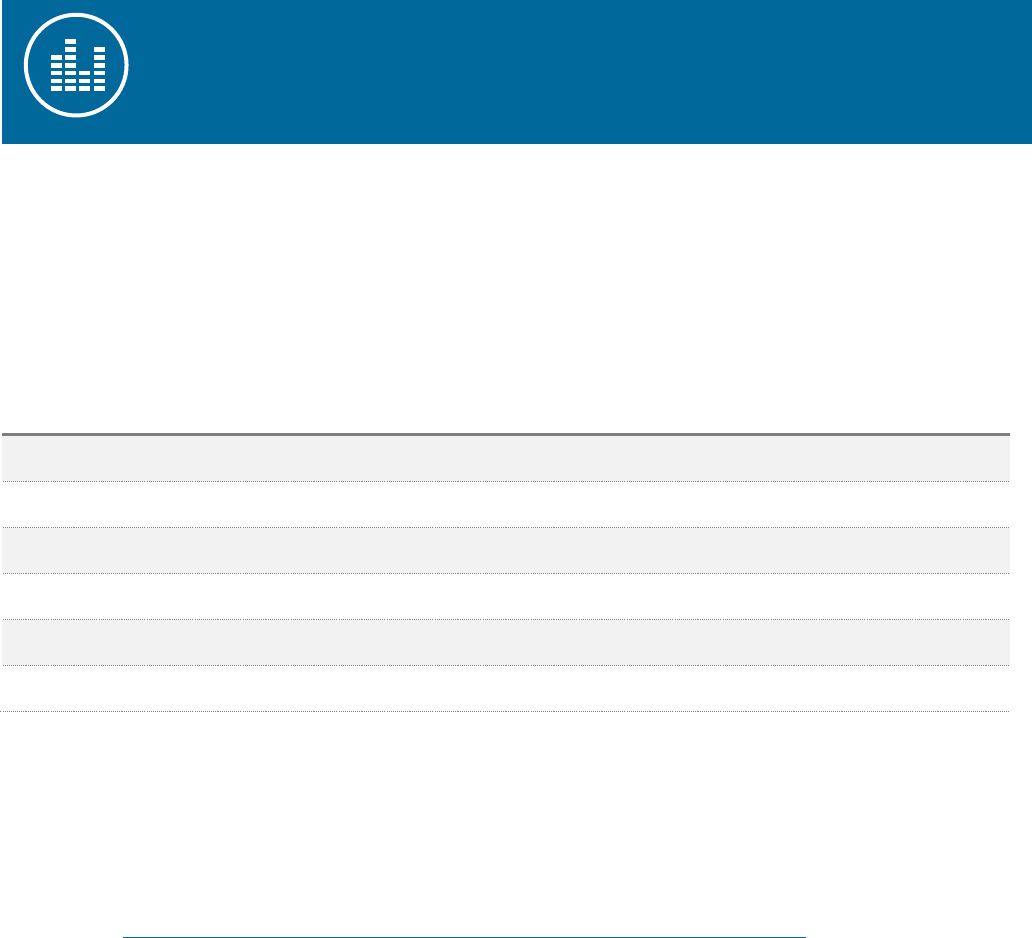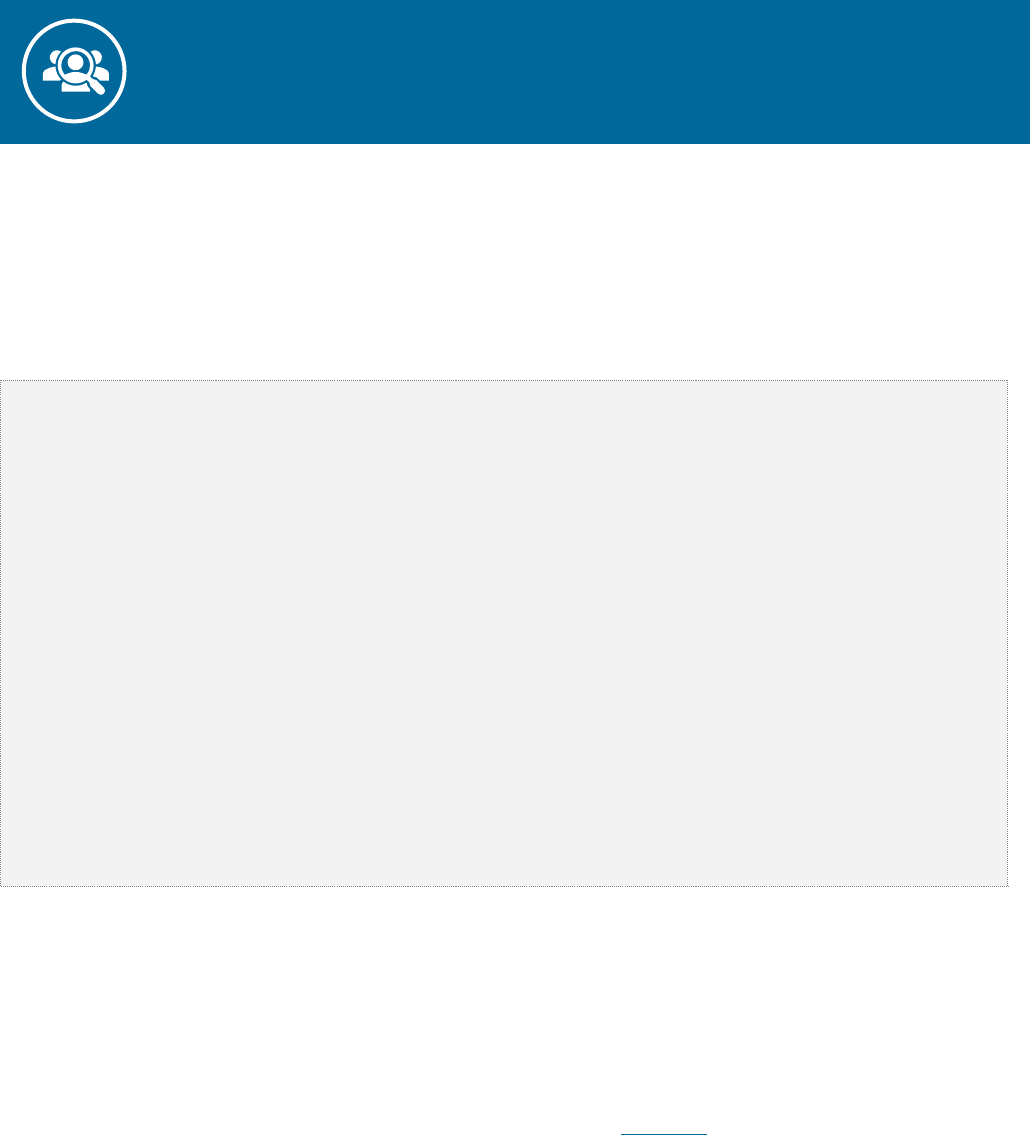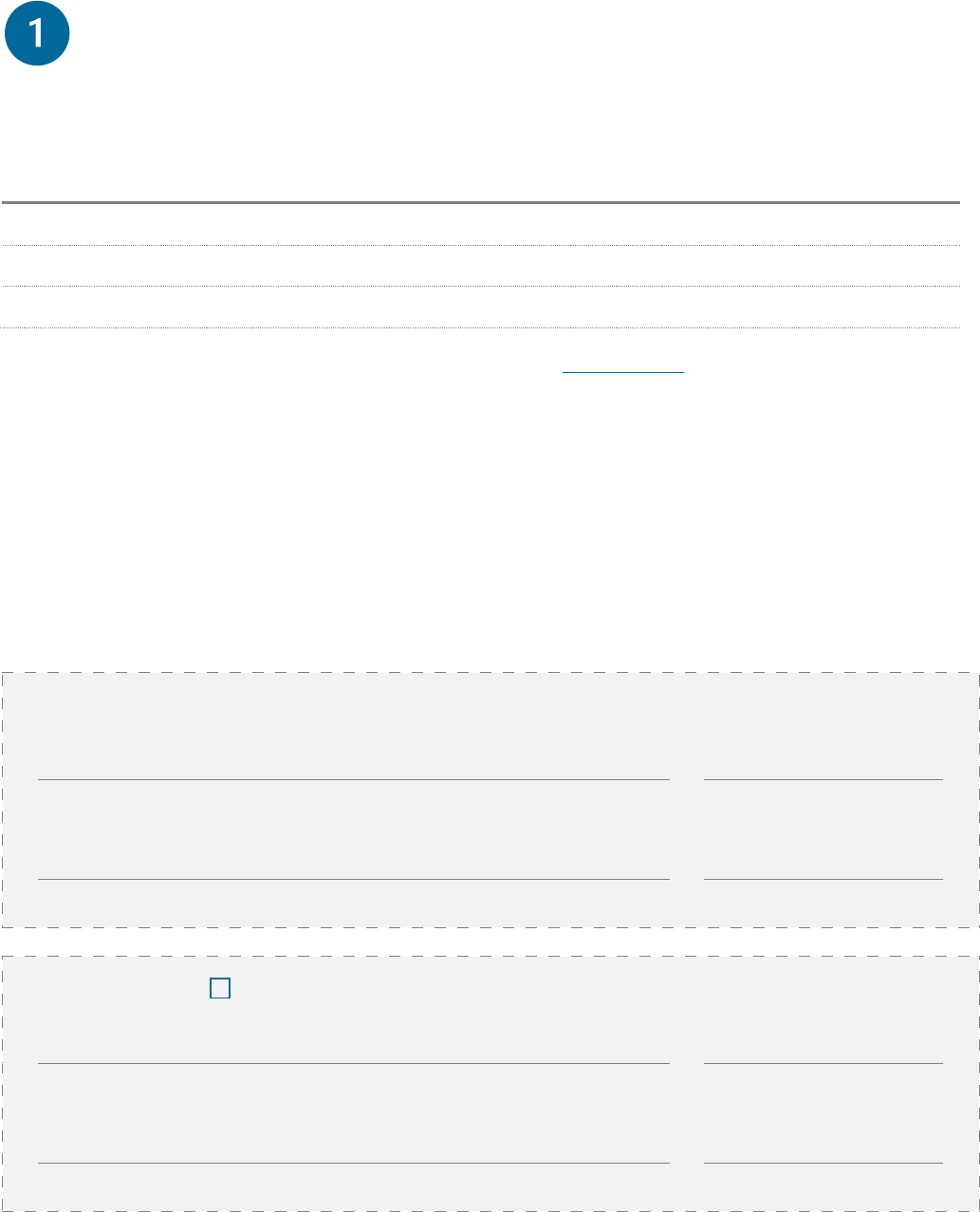
COMMUNITY DEVELOPMENT DEPARTMENT
630 GARDEN ST. SANTA BARBARA, CA 93101
(805
) 564-5578 | SantaBarbaraCA.gov
NOISE ORDINANCE
LIMITATIONS
INFORMATIONAL PACKET
QUESTIONS?
Additional information regarding the planning process can be
obtained at the Planning Counter at 630 Garden Stre
et
(805
) 564-5578, [email protected]
WHAT NOISE RULES APPLY?
The City of Santa Barbara Noise Ordinance (SBMC Chapter 9.16) and General Plan Noise Element
(Environmental Resources Element) contains rules to minimize resident's exposure to excessive noise.
Projects are screened during planning or building permit review for potential mechanical equipment
noise and other noise issues associated with new development.
City Noise Ordinance:
General Plan Noise Element:
• Sets noise limitations for exterior
• Requires mitigation measures consistent with
mechanical equipment
California Environmental Quality Act (CEQA).
• Specifies hours during which
• Includes guidelines regarding the compatibility
construction is allowed
of certain noise-sensitive land uses.
• Prohibits certain conduct considered
• Describes the Noise Contours Map, available
to be a noise disturbance
through the City’s mapping application, MAPS.
HOW DO I FILE A NOISE COMPLAINT?
If you have general noise questions about air conditioners or other types of mechanical equipment,
please contact the Planning Counter. Contact the Building and Safety Counter for more information or
complaints about construction noise. If you would like to file a complaint about noisy equipment, the
Enforcement Hotline is (805) 897-2676. To report an immediate noise disturbance such as a leaf
blower or loud music, please contact Police Department Dispatch (805) 882-8900.
Planning Handouts | Informational Packet Page 1 of 5

Noise Ordinance Limitations Guide
WHAT ARE THE TIME
AND DAY LIMITS FOR NOISE?
WHAT HOURS AM I ALLOWED TO DO CONSTRUCTION?
Construction times (including preparation for construction) for most projects are as specified in the
Santa Barbara Municipal Code Section 9.16.040 and listed below. The Municipal Code also limits hours
for the use of leaf blowers, agricultural uses, and mechanical equipment; see the code for details.
7:00 a.m. – 8:00 p.m., daily
Construction times for certain large projects when conditioned by the Planning Commission are listed
below. Additional mitigation measures may be required for large projects with a long construction
duration (e.g., over 12 months) and with the use of certain construction equipment (pile drivers). Please
contact the Planning Counter if you have questions about planning conditions of approval for noise.
7:00 a.m. – 5:00 p.m., weekdays
9:00 a.m. – 4:00 p.m., Saturdays
Prohibited on Sundays and legal holidays*
*Legal holidays are New Year’s Day, Martin Luther King, Jr. Day, Presidents’ Day, Memorial Day, Independence
Day, Labor Day, Thanksgiving Day, Day After Thanksgiving Day, and Christmas Day.
HOW DO I REQUEST A WAIVER?
If it is necessary to do work outside the allowed construction hours based on required construction type
or other appropriate reasons, the contractor may contact the Community Development Department to
request a waiver of the construction hours. Authorization from the Chief Building Official must be
received at least one week prior to the commencement of after-hours work.
TO REQUEST A WAIVER, submit a letter to Building & Safety with this information:
• Specific date and time that work will occur
• Exact location of work
• Specific type of work to be performed
• Amount and type of equipment to be used
• Noise mitigation measures to be employed
• Distance of the nearest residential dwelling to the proposed work
Planning Handouts | Informational Packet Page 2 of 5

Noise Ordinance Limitations Guide
HOW DO I MEASURE
EQUIPMENT NOISE?
NOISE LIMIT FOR MECHANICAL EQUIPMENT
The noise limitation for exterior mechanical equipment is 53 A-weighted decibels (dBA) at the property
line of any adjacent parcel used or zoned for residential, public, or semi-public uses. The City Planning
Division has estimated the following setback guidelines for locating one (1) small mechanical
equipment unit, such as an air conditioner or heat pump, for most residential properties by factoring in
the sound power of the source, distance, and surroundings. In addition, minimum zoning setbacks and
screening per the zoning ordinance must be provided.
Maximum Decibels
Minimum Distance to Lot Line
> 53 – 65
5 feet
> 65 – 67
6 feet
> 67 – 69
8 feet
> 69 – 71
10 feet
> 71 – 73
12 feet
> 73 – 75
15 feet
City Assumptions Used in Calculations:
1. Decibels are in Sound Power Rating. (Sound power is the rate at which acoustic energy is emitted from the source in
Watts, independent of its surroundings. The level of energy is then converted to the dBA sound pressure level.)
2. Distance is measured from the outside edge of the unit.
3. Equipment is located within 10 feet of only one reflective surface, such as the wall of a house.
4. There is a six-foot tall solid fence or wall along the nearest property line.
5. The installation is for one typical residential equipment unit.
Source: ANSI/AHRI Standard 275 – 2018, Air Conditioning, Heating and Refrigeration Institute, www.ahrinet.org
WHAT DO I NEED TO SUBMIT?
The table on this page is an estimate only and is not as accurate as a noise study prepared by a
qualified noise consultant. The Planning Division will accept this estimate for the installation of one
equipment unit meeting the assumptions above. Projects that do not meet the assumptions above, or
are under enforcement for a noise complaint, must provide additional noise information. If your project
complies, submit the following information with your application:
1. Site plan – Show property lines, building footprint, location and dimensions of equipment, and
distance to closest property line measured from the face of the unit.
2. Manufacturer’s Specifications – Provide the page showing the Sound Power Rating of the
unit. For variable speed units, the highest sound power rating of the unit will be used.
Planning Handouts | Informational Packet Page 3 of 5

Noise Ordinance Limitations Guide
WHEN IS A NOISE
STUDY REQUIRED?
NOISE STUDY REQUIREMENTS
A noise study is a report or analysis prepared by a qualified noise consultant (acoustical engineer) that
identifies: (1) locations where noise impacts are predicted to occur; (2) noise abatement measures
which are feasible and reasonable, and which are likely to be incorporated in the project; and (3) noise
impacts for which no abatement measures are feasible. If a noise report is required for your project, you
will be notified by planning staff during your application review.
The following types of projects require a noise study prepared by a noise consultant:
• Equipment that does not meet the setback guidelines described in the table on page 3.
• If the project is under enforcement due to a complaint about equipment noise.
• A new land use is proposed as part of a discretionary development application that exceeds
the average ambient exterior noise exposure levels, as shown on the Noise Contours Map:
> 60 dBA residential (single-unit zones)
> 65 dBA residential (multi-unit or mixed-use zones)
> 65 dBA schools, hospitals, nursing homes, churches, parks
> 70 dBA hotels, communications, manufacturing
> 75 dBA office buildings, commercial, retail
• New commercial or industrial mechanical equipment, land use, or activity that has the
potential to result in a significant impact under the California Environmental Quality Act
(CEQA), if reviewed as part of a discretionary development application.
EXCEPTIONS FOR MINOR EQUIPMENT
Exceptions to the requirement for a noise study may be approved by the Planning Division for minor
residential mechanical equipment if written verification from the property owner and contractor is
submitted certifying that they are aware of the City’s noise ordinance requirements and the penalties
associated with the City’s noise limitations, see affidavit form on page 5.
If an exception is granted, final approval of the location of any mechanical equipment will require a
noise test using the measurement methods described in SBMC 9.16.100, Measurement Methods.
Equipment for the test must be provided by the owner or contractor and the test must be conducted by
the owner or contractor. A copy of noise test results on mechanical equipment must be submitted to the
Community Development Department for review prior to final inspection of a building permit, to ensure
that noise levels do not exceed maximum allowable levels.
Planning Handouts | Informational Packet Page 4 of 5

Noise Ordinance Limitations Guide
NOISE COMPLIANCE ACKNOWLEDGMENT
Complete and sign this form for proposed heating, venting, and air conditioning (HVAC), on-demand
water heaters, pool/spa equipment or other mechanical equipment, as determined by Planning Staff.
PROPERTY & RECORD INFORMATION
Project Address:
ZIP:
Assessor Parcel Number (APN):
BLD or PLN Record #:
a. I have read the City of Santa Barbara Noise Ordinance (Chapter 9.16) and understand that by
signing this acknowledgement form I am certifying that the proposed equipment described on the
plans and in the scope of work for the application number listed above will comply with the noise
limits established in SBMC Section 9.16.070.D. I understand that sound at the property line of any
adjacent parcel used or zoned for residential, public, or semi-public uses will not exceed 53 dBA.
b. I agree to install and maintain any required mitigation measures necessary to reduce noise to
acceptable levels per the approved plans.
c. I acknowledge that, at any time, if the City determines any installed mechanical equipment does
not comply with the required noise limitations, the equipment must be removed, relocated, or
altered, at the property owner’s expense, per SBMC Section 9.16.110 Noise Enforcement.
PROPERTY OWNER:
Owner’s Signature
Date
Owner’s Name (printed)
Contact (email or phone)
CONTRACTOR: SAME AS ABOVE
Contractor’s Signature
Date
Contractor’s Name (printed)
Contact (email or phone)
Planning Handouts | Informational Packet Page 5 of 5
